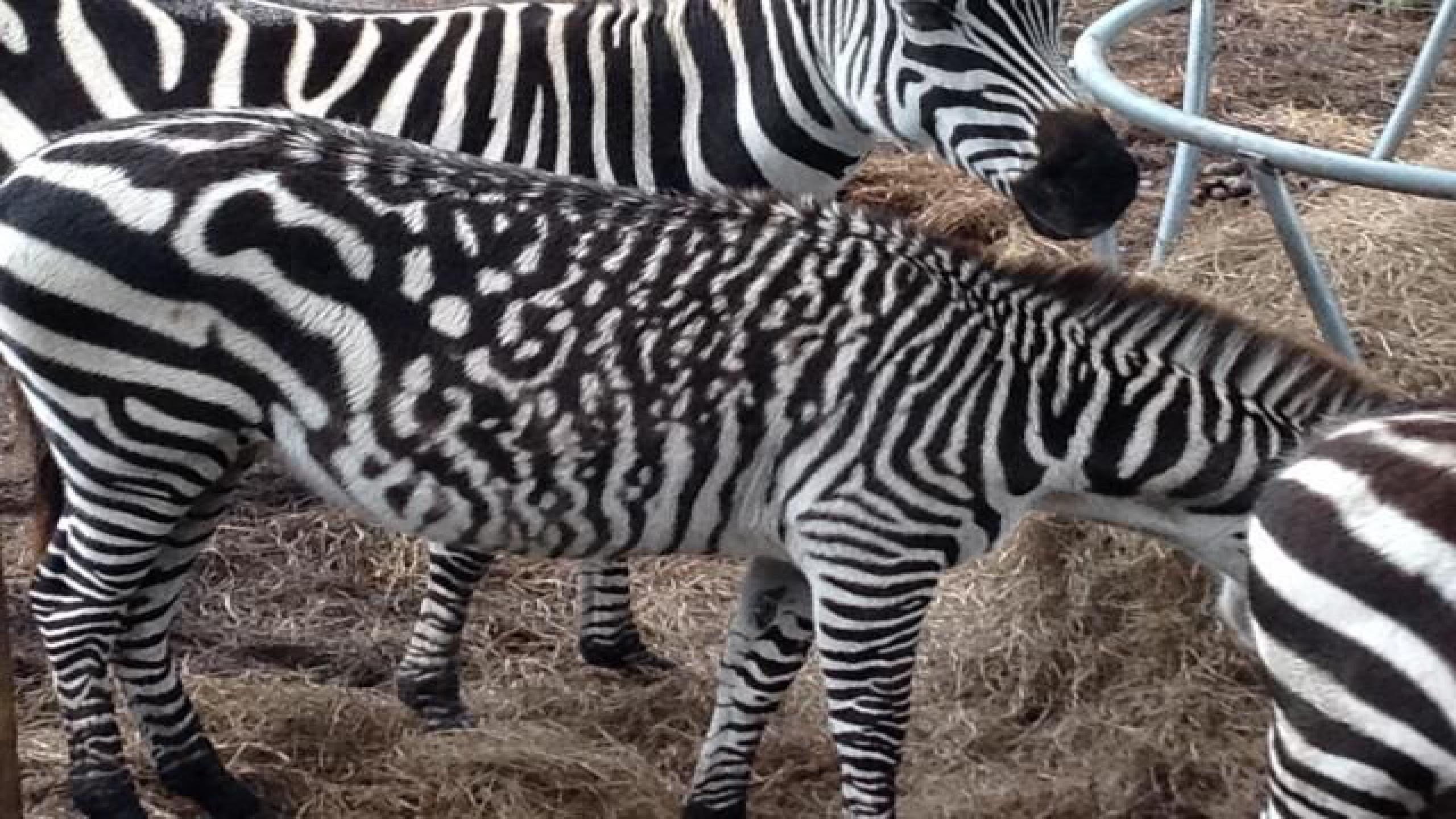
Figure 1. Not all tigers have stripes. A stripeless tiger sits with her two siblings (photo courtesy of Cango Wildlife Ranch).

Figure 2. Stripeless tigers are not common, but they are not wholly uncommon (photo by Krzysztof Duda, You Tube).

Figure 3. Not all zebras are uniformly striped. Some have spots (photo via Bonnie Cook, Pinterest).

Figure 4. Some zebras have lost their stripes. Here, a pseudomelanistic zebra grazes next to a striped kin (photo courtesy of Linda De Volder).

Figure 5. Not all cheetahs are fully spotted. Here, a cheetah with stripes crouches next to one with the more common pattern (photo by Greg Barsh, courtesy of Ann van Dyk Cheetah Centre).

Figure 6. Stripes can sometimes change from one generation to the next. Here, a pseudomelanistic zebra foal stands next to her mother (photo by Michael Fitt, courtesy of Wilderness Safaris).

Figure 7. White stripes on the African striped mouse appear where melanocytes have been switched off by the interaction of diffusing morphogens (photo by J. F. Broekhuis).

Figure 8. Zebra stripes vary in number and width based on when they begin developing in the embryo (from the top, photos by Rainbirder; Bernard Dupont; Joachim Huber, cc2 Wikimedia).

Figure 9. Our hands are striped. Polydactyly reflects a change in the underlying Turing pattern, based on timing in development (Wikimedia).

Figure 10. The transition from "mackerel" to "blotched" tabby cat is governed by one transmembrane protein (photos by Hirashi and Cassie J., cc2 Wikimedia).

Figure 11. A melanistic leopard (or "black panther") shows its spots in infrared imaging (photo courtesy of Laurie Hedges).

Figure 12. A spotless cheetah, like a black panther, shows pigmentation effects that eclipse underlying patterns (Photo by Guy Combes).

Figure 13. One of the last quaggas in 1870, its coloration reflecting its divergence from other zebra types (Figure 8) (Wikimedia).